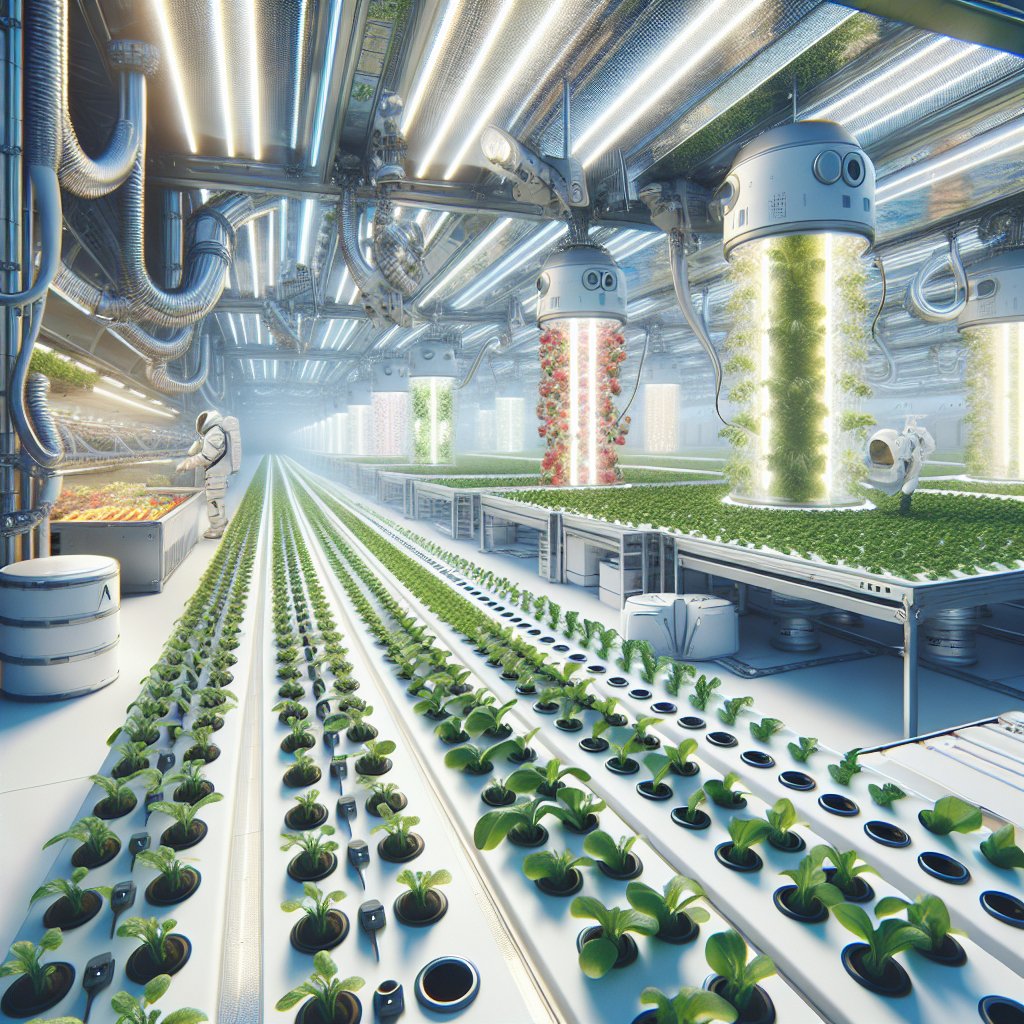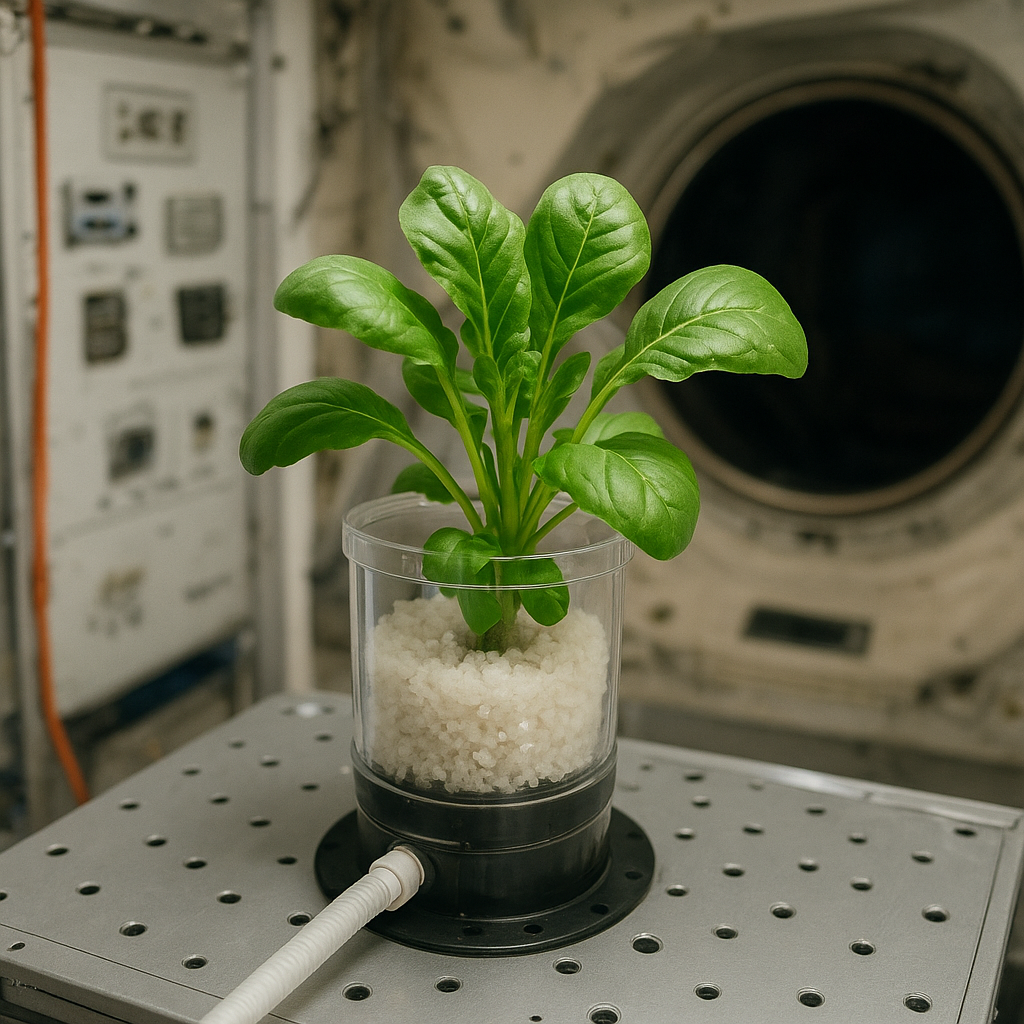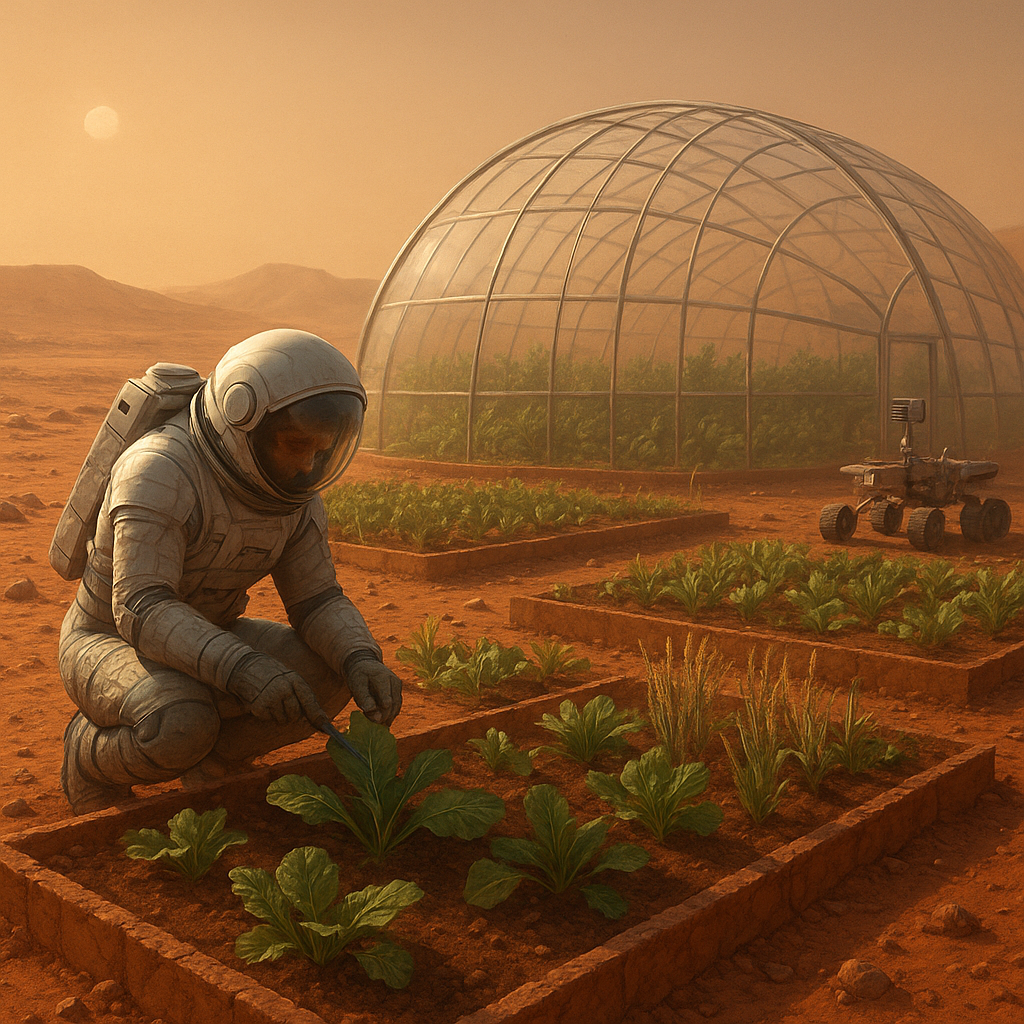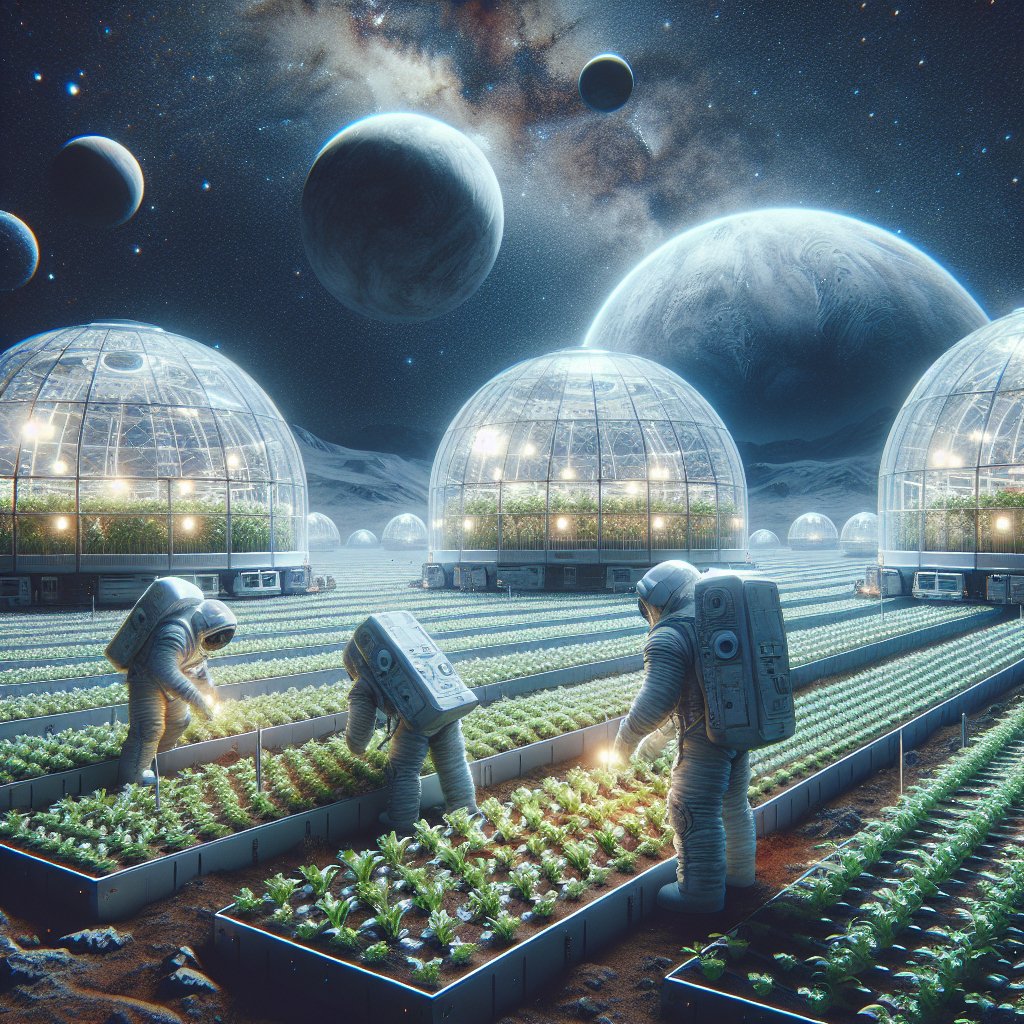The future of farming is being shaped by innovative technologies and practices inspired by space missions. As humanity looks to the stars, the lessons learned from space exploration are proving invaluable in addressing the challenges of agriculture on Earth. This article explores the intersection of agriculture and space, highlighting how advancements in space technology can revolutionize farming practices and ensure food security for a growing global population.
Understanding the Challenges of Earthly Agriculture
Agriculture faces numerous challenges, including climate change, soil degradation, water scarcity, and the need to feed an ever-increasing population. According to the United Nations, the global population is expected to reach nearly 10 billion by 2050, which will require a 70% increase in food production. Traditional farming methods are often insufficient to meet these demands, leading to a search for innovative solutions. This is where the lessons from space missions come into play.
Climate Resilience and Adaptation
One of the most pressing issues in agriculture today is climate change. Extreme weather events, shifting climate patterns, and rising temperatures threaten crop yields and food security. Space missions have provided valuable data on climate patterns and environmental changes through satellite imagery and remote sensing technologies. These tools allow farmers to monitor weather conditions, soil moisture levels, and crop health in real-time, enabling them to make informed decisions about planting, irrigation, and pest management.
- Satellite Imagery: Satellites equipped with advanced sensors can capture high-resolution images of agricultural lands, providing insights into crop health and growth stages.
- Remote Sensing: This technology allows for the collection of data on soil moisture, temperature, and nutrient levels, helping farmers optimize their inputs and reduce waste.
- Predictive Analytics: By analyzing data collected from space, farmers can predict weather patterns and potential crop failures, allowing them to take proactive measures.
Soil Health and Nutrient Management
Healthy soil is the foundation of successful agriculture. However, soil degradation due to overuse, erosion, and pollution is a significant concern. Space missions have contributed to our understanding of soil health through the study of planetary surfaces and the development of technologies that can be applied to Earth. For instance, the analysis of Martian soil has led to insights into nutrient cycling and soil composition that can inform sustainable farming practices.
- Soil Composition Analysis: Techniques developed for analyzing extraterrestrial soils can be adapted to assess soil health on Earth, helping farmers understand nutrient deficiencies and improve soil management.
- Microbial Activity Monitoring: Space research has highlighted the importance of microbial life in soil health. Technologies that monitor microbial activity can help farmers enhance soil fertility and resilience.
- Precision Agriculture: The integration of satellite data with soil health assessments allows for precision agriculture practices, where inputs are tailored to specific field conditions, reducing waste and increasing yields.
Innovations in Space Agriculture
As we venture into space, the need for sustainable food production systems becomes increasingly critical. Space missions, such as those conducted by NASA and other space agencies, have focused on developing agricultural practices that can thrive in extraterrestrial environments. These innovations not only have implications for space colonization but also offer valuable lessons for Earth-based agriculture.
Hydroponics and Aeroponics
Hydroponics and aeroponics are soilless farming techniques that have gained popularity in space missions due to their efficiency and ability to produce food in limited spaces. These methods can be applied to urban agriculture and areas with poor soil quality on Earth.
- Hydroponics: This method involves growing plants in nutrient-rich water solutions, allowing for faster growth and higher yields compared to traditional soil-based farming.
- Aeroponics: In this technique, plants are suspended in air and misted with nutrient solutions, using significantly less water than conventional farming methods.
- Vertical Farming: Combining hydroponics and aeroponics, vertical farming utilizes stacked layers of crops, maximizing space and minimizing resource use, making it ideal for urban environments.
Bioregenerative Life Support Systems
Bioregenerative life support systems (BLSS) are designed to create a self-sustaining environment for astronauts, incorporating plant growth to recycle air and water. The principles of BLSS can be applied to Earth agriculture, promoting sustainability and resource efficiency.
- Closed-Loop Systems: These systems recycle waste products, such as plant residues and organic matter, to create a sustainable cycle of nutrients and resources.
- Integrated Pest Management: By mimicking natural ecosystems, BLSS can reduce the need for chemical pesticides, promoting healthier crops and environments.
- Community-Based Agriculture: The principles of BLSS can inspire community gardens and urban farms that focus on sustainability and local food production.
The Role of Technology in Future Farming
As we look to the future of farming, technology will play a crucial role in addressing the challenges faced by the agricultural sector. The integration of space-derived technologies with traditional farming practices can lead to more efficient, sustainable, and resilient food production systems.
Artificial Intelligence and Machine Learning
Artificial intelligence (AI) and machine learning are transforming agriculture by enabling data-driven decision-making. These technologies can analyze vast amounts of data collected from satellites, sensors, and drones to provide insights that enhance productivity and sustainability.
- Crop Monitoring: AI algorithms can analyze satellite imagery to detect crop diseases, nutrient deficiencies, and pest infestations, allowing for timely interventions.
- Yield Prediction: Machine learning models can predict crop yields based on historical data and environmental conditions, helping farmers plan for market demands.
- Resource Optimization: AI can optimize irrigation schedules and fertilizer applications, reducing waste and environmental impact.
Robotics and Automation
The use of robotics and automation in agriculture is on the rise, driven by the need for efficiency and labor-saving solutions. Space missions have advanced robotic technologies that can be adapted for agricultural applications.
- Autonomous Tractors: These machines can perform tasks such as planting, harvesting, and tilling with minimal human intervention, increasing efficiency and reducing labor costs.
- Drones: Drones equipped with sensors can monitor crop health, assess irrigation needs, and even apply fertilizers and pesticides, providing a bird’s-eye view of agricultural operations.
- Robotic Harvesters: These machines can selectively harvest crops, reducing waste and ensuring that only ripe produce is collected.
Conclusion: Bridging Earth and Space for Sustainable Agriculture
The future of farming is inextricably linked to the lessons learned from space missions. As we continue to explore the cosmos, the technologies and practices developed for space agriculture can provide innovative solutions to the challenges faced by farmers on Earth. By embracing these advancements, we can create a more sustainable, efficient, and resilient agricultural system that meets the needs of a growing global population while preserving our planet for future generations.
In conclusion, the intersection of agriculture and space exploration offers a unique opportunity to rethink our approach to food production. By leveraging the insights gained from space missions, we can pave the way for a future where farming is not only more productive but also more sustainable and adaptable to the changing environment. The lessons from space are not just about reaching new frontiers; they are about ensuring that we can thrive on our home planet as well.




